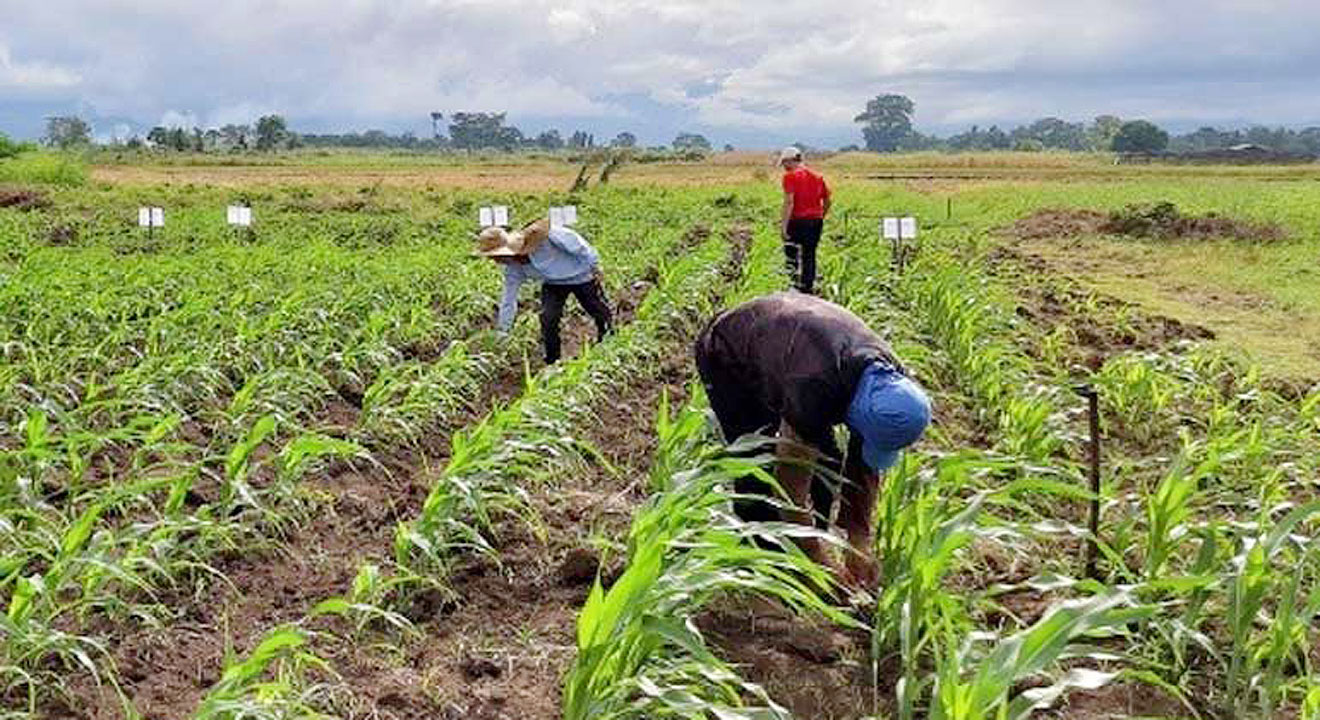
EMPLOYMENT turnover in large Metro Manila companies declined in the first two quarters of 2021, the Philippine Statistics Authority reported, as lockdowns to contain the spread of the coronavirus continued.
The Philippine Statistics Authority’s Labor Turnover Survey reported turnover rates of minus 3.1% and minus 1.2% in the first and second quarters of 2021, respectively.
The National Capital Region’s labor turnover rate — the difference between the rate of hiring (also known as accession) and the rate of job termination or resignation (separation) — has been in negative territory since the start of 2020, except for growth of 0.1% in the third quarter of that year.
The turnover rate in the first and second quarters of 2021 were the equivalent of reductions of 31 and 12 workers for every 1,000 employed by these establishments in Metro Manila.
The accession rate, which represents hiring to either replace former employees or expand the workforce, was 7.3% and 7% in the first and second quarter last year, from 8% and 4.8% in third and fourth quarter of 2020.
The separation rate, which covers termination and resignation, stood at 10.4% and 8.1% in the first and second quarters, higher than the 7.9% and 5.2% posted in the last two quarters of 2020.
Only the agriculture sector posted net employment gains of 8.4% and 1.4% during the first and second quarters last year, respectively.
Turnover rates for industry contracted to 2.9% and 1.9% during the first and second quarters.
Services turnover fell to 3.2% in the first quarter and 1% in the second quarters of 2021.
“Further measures to reopen the economy from lockdowns such as allowing essential industries and public transportation to continue operating (unlike a year earlier) partly led to the improvement in labor/employment data as of 2Q 2021,” Rizal Commercial Banking Corp. Chief Economist Michael L. Ricafort said in an e-mail interview.
Mr. Ricafort attributed the slowdown in the separation rate in the second quarter to the continued operation of essential industries and public transportation as well as increased business confidence.
“Agriculture has been one of the priority industries since the pandemic started in 2020 in terms of continuous production/operations/employment, in view of upholding the mandate of food security in the country, also in view of the fact that agricultural areas are away from urban areas where COVID cases are concentrated. Agricultural areas also have less population density and (are) less prone to new COVID cases due to large spacing/distancing in those areas,” Mr. Ricafort added.
Mr. Ricafort was optimistic that the employment rate will likely improve in the latter half of that year after the authorities shifted policy in favor of more targeted, granular lockdowns. — Mariedel Irish U. Catilogo



